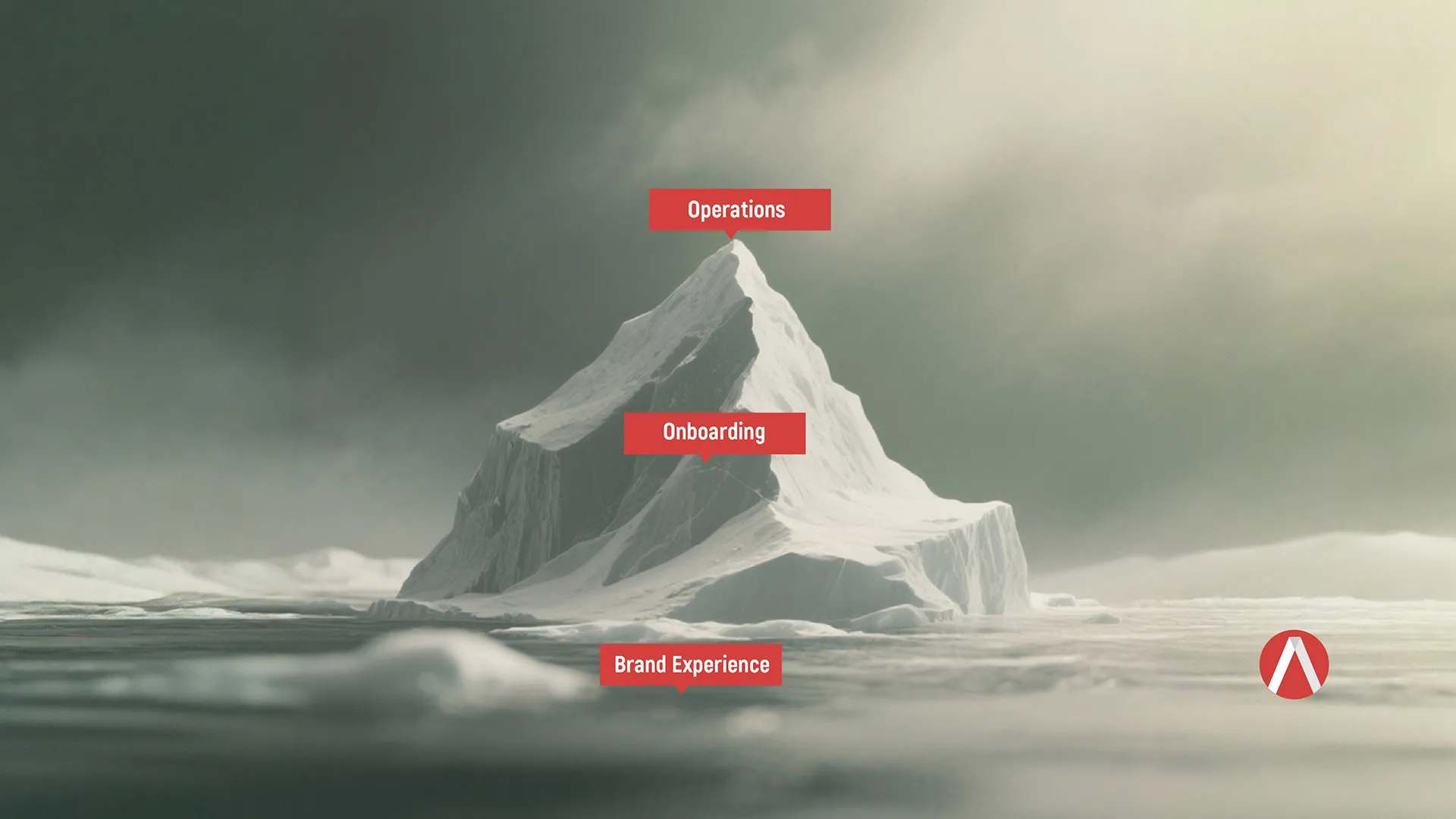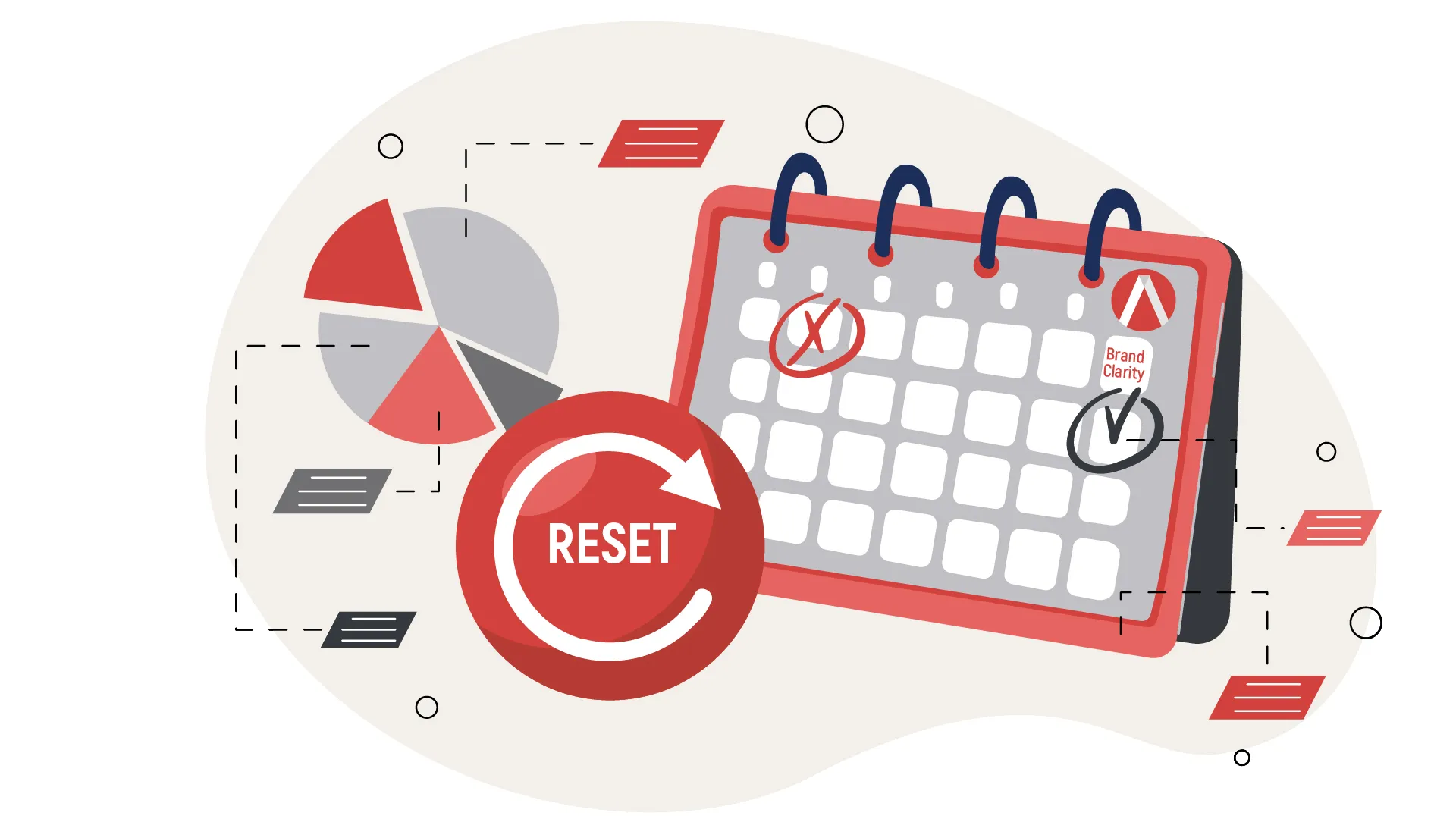It happens when you least expect it; a slight Google algorithm change and your website’s ranking drops, resulting in a decline in traffic and leads.
- Even when you look at the new rankings, the results seem unexplainable and contrary to Google’s “rules.” Sites with spammy and low-quality content are at the top, dislodging sites with what Google claims it really wants: high quality “Hummingbird” content. It’s a game that some companies have to endure, especially if Google is their online lifeline.
- You can easily offset this dilemma with a WordPress blog, frequently posting helpful or how-to content that focuses on your company’s area of expertise.
- Google prefers to index regularly fresh content and it does so sometimes within an hour. And, while it’s more comfortable to write articles that are 200-350 words in length, there’s evidence that the longer the post (1,000-2,000 words), the better the chances of ranking higher – even higher than your website. If you’re doing this, then include a comprehensive summary for the post, since most users don’t read lengthy content.
- The critical element that most company bloggers forget is that each post must contain your most relevant keywords in the title and body copy to have a favorable chance of being indexed and ranked highly.
- Another approach to explore: Though most companies make their blogs part of their original websites, consider having your blog as a separate entity, linked back to your website. This gives you the opportunity to double your online presence for your relevant keywords. If optimized properly, potential customers will see both your website and your blog taking up two of the ten available slots on the same search results page.





